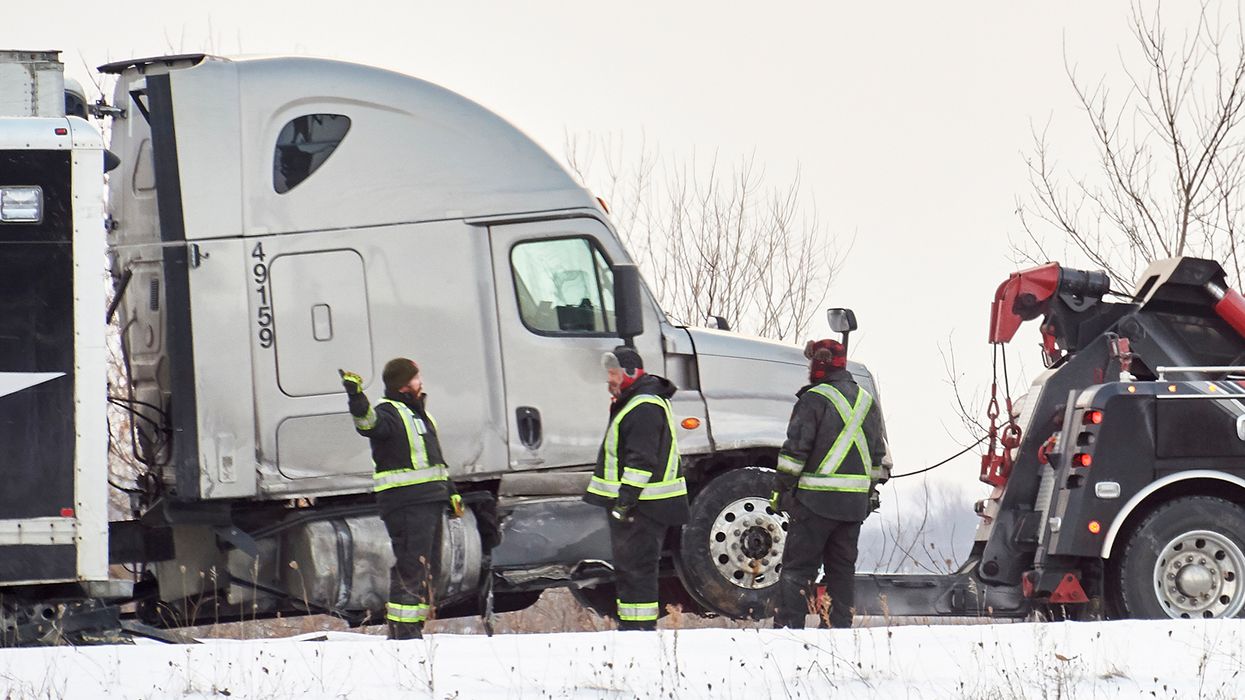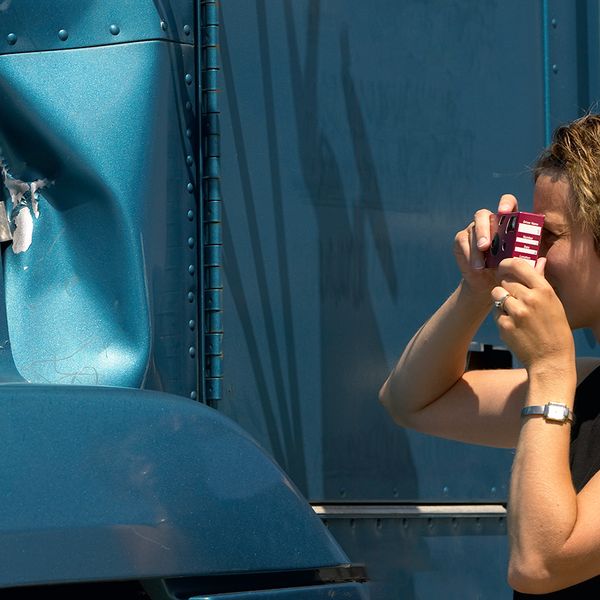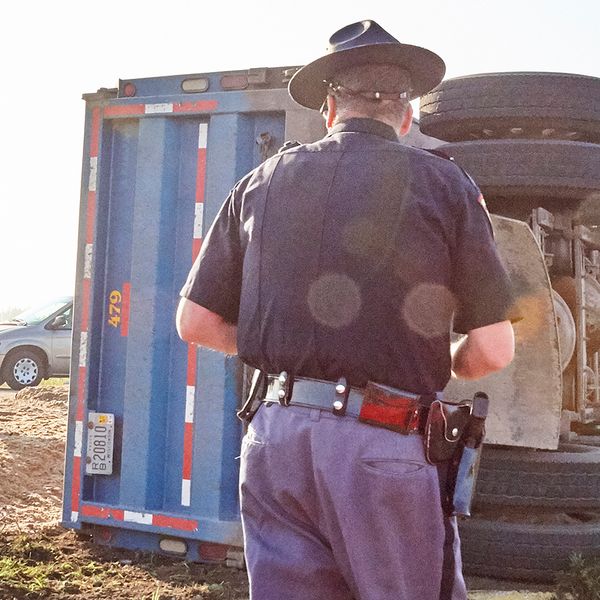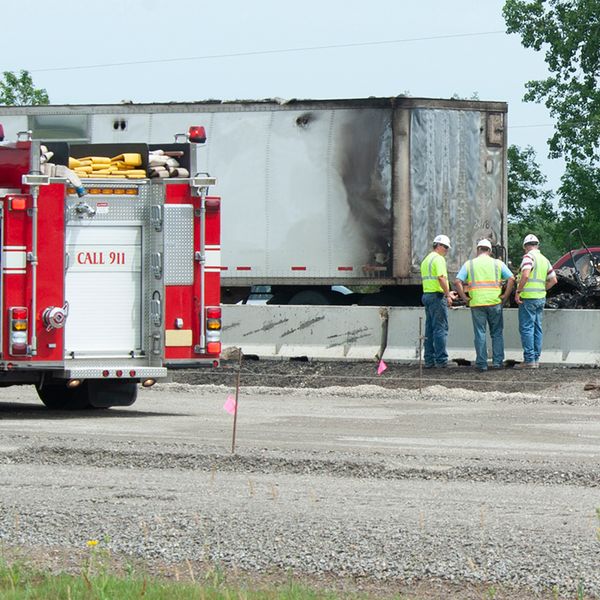NewsIndustry NewsFleet SafetyRisk Management TransportationRisk Management - Motor CarrierAccident responseAccident investigation - Motor CarrierFocus AreaIn-Depth ArticleEnglishTransportationUSA
Don’t wreck your accident investigation
2024-11-26T06:00:00Z
When a significant trucking accident occurs, safety professionals play a critical role in uncovering its causes and preventing future incidents. A structured investigation not only identifies contributing factors but also ensures regulatory compliance and strengthens a company’s safety culture. Follow the checklist below to conduct an effective investigation.
Secure the accident scene
- Ensure safety first: Collaborate with emergency responders and law enforcement to secure the scene, protecting everyone involved. Establish a perimeter to keep the area clear of unauthorized personnel.
- Preserve physical evidence: Photograph and video the scene from multiple angles, capturing vehicle positions, skid marks, debris, road conditions, and environmental factors such as lighting and weather.
- Prevent evidence tampering: Use barriers and proper signage to maintain the integrity of the accident site until the investigation is complete.
Collect data from vehicles and drivers
- Obtain electronic data: Download information from the truck’s Electronic Logging Device (ELD), Event Data Recorder (EDR), and GPS system to analyze vehicle speed, braking activity, and compliance with hours-of-service regulations.
- Inspect the truck: Examine mechanical components like brakes, tires, suspension, and lights for signs of malfunction or wear. Look for cargo securement issues that could have contributed to the crash.
- Interview drivers: Conduct thorough interviews with the truck driver and other involved parties. Use open-ended questions to understand their actions and observations before and during the accident.
Assess human factors
- Driver qualifications: Review the truck driver’s training, certification, and compliance with company policies. Ensure they were fit to drive and properly trained for the vehicle and load.
- Fatigue and distractions: Investigate whether driver fatigue, distractions (e.g., phone use), or impairment played a role. Cross-check hours-of-service logs for violations.
- Witness accounts: Collect statements from eyewitnesses to corroborate or challenge the driver’s narrative, providing additional context about the incident.
Evaluate environmental and roadway conditions
- Road design and maintenance: Analyze the roadway for potential hazards, such as sharp curves, poor signage, potholes, or lack of lighting.
- Weather conditions: Document environmental factors like rain, fog, or snow that may have affected visibility or traction.
- Traffic patterns: Review local traffic data to understand if congestion, construction, or unusual traffic flow contributed to the collision.
Conduct a root cause analysis
- Identify all contributing factors: Use gathered data to determine the primary cause(s) of the accident, including mechanical, human, environmental, or operational failures.
- Develop an action plan: Propose preventive measures such as additional driver training, stricter maintenance schedules, or route adjustments.
- Share findings: Communicate the investigation’s results to stakeholders, including management, legal teams, and regulatory authorities. Use the findings to update company policies and improve safety protocols.
A successful trucking accident investigation requires a combination of meticulous evidence collection, thorough analysis, and actionable follow-up measures.
Key to remember: By following these five major steps, safety professionals can not only uncover the causes of accidents but also strengthen their organization’s commitment to safety, minimizing future risks.


















































